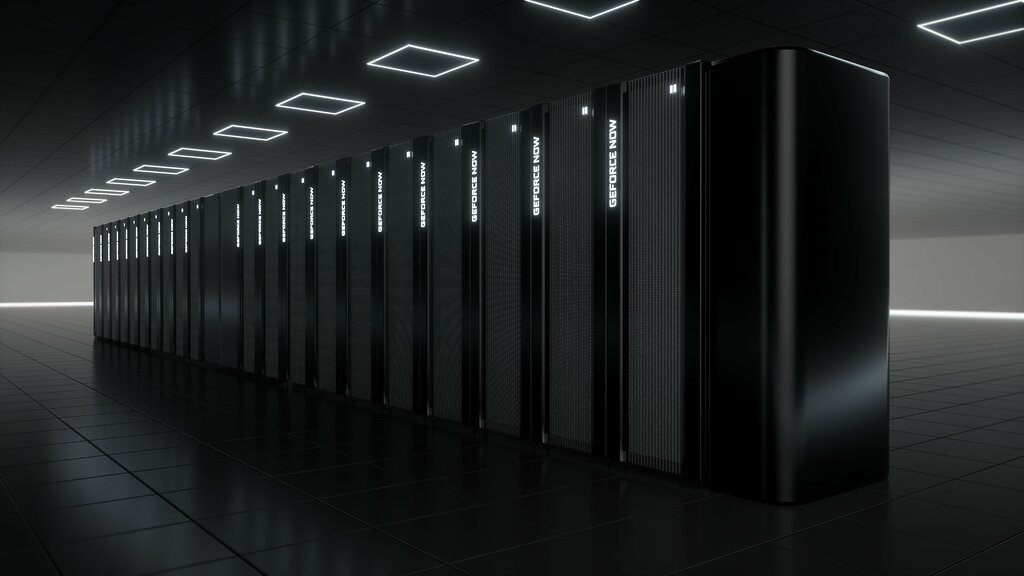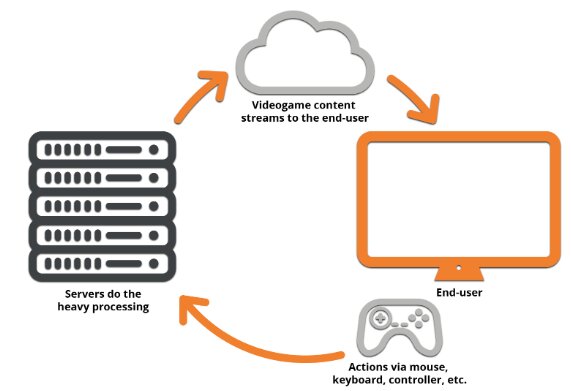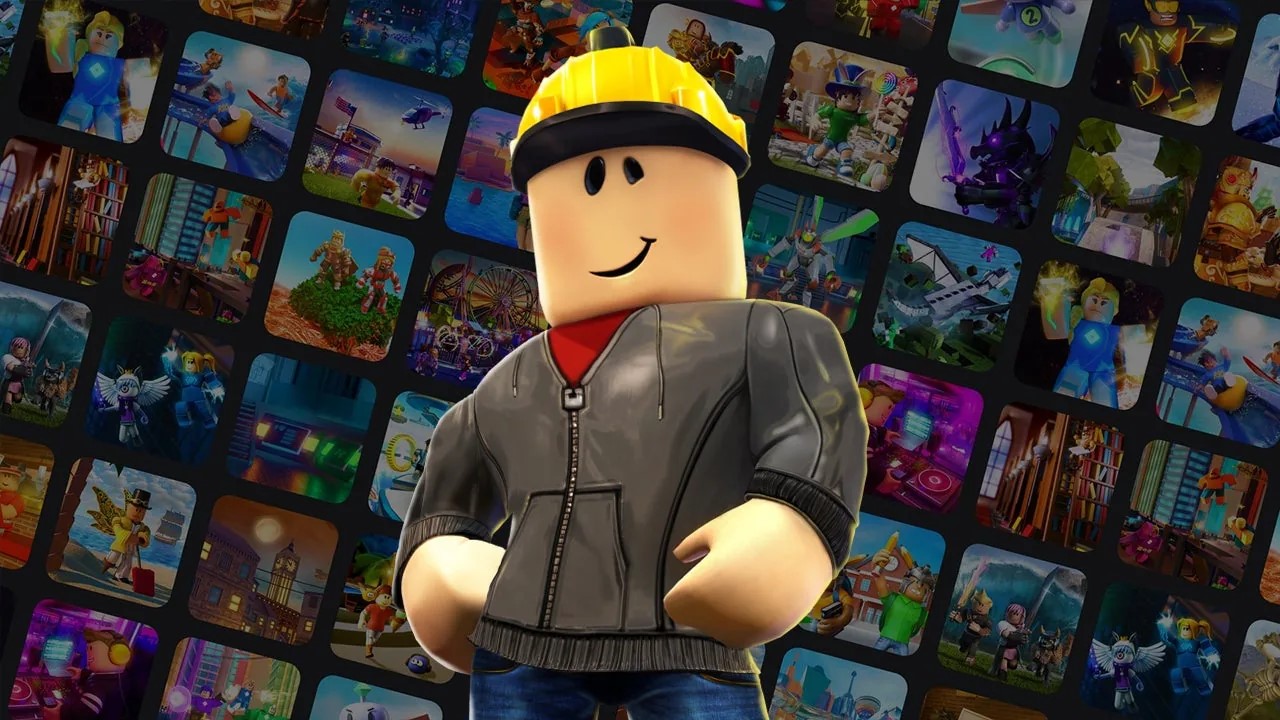- Cloud games work through big data servers stored in remote centres that can stream games directly to your device’s screen.
- The cloud gaming trend can continue rising in the upcoming years as more and more people become familiar with smartphones and the internet.
- The significant downsides of cloud games are latency issues and heavy reliance on the internet.
Cloud gaming is the latest buzzword, gaining hype in the gaming industry. It eliminates the need for PCs and consoles, which is a significant step ahead in the world of gaming. The question is, does the cloud gaming trend possess the potential to continue upwards?
What Is Cloud Gaming?
Cloud gaming, or game streaming, enables you to stream video games directly from remote servers in data centres. You do not have to install or download the game on your device. Instead, stream it directly from the servers onto your device using a solid internet connection and a subscription to a cloud gaming platform.

An excellent example of this concept is Netflix or Amazon Prime. You don’t have to download the shows; instead, you click the Play button and continue watching them. This is precisely how cloud games work. You can play them on any device, be it a smartphone, PC, or even a TV, and control them via a game controller.
How Does It Work?
Games rely on massive data servers that send the game data directly to your device over the internet and let you interact with it (Cai et al., 2016). However, there is a catch. In most cases, cloud gaming services require paid subscriptions, which can be monthly, yearly or even per hour.

Some popular cloud streaming platforms include GeForce Now, Google Stadia, Xbox Cloud Gaming, and PlayStation Plus Premium. The monthly subscription fee ranges between $10 to $20, depending on the platform and its content range.
Benefits And Downsides
Cloud gaming offers multiple benefits for the gaming enthusiasts. You don’t have to purchase expensive PCs, gaming consoles, and additional accessories just to play your favorite game. Just get the game from the streaming clients, like Steam or Origin via the cloud gaming platforms. The games can be accessed on any device with good internet after the purchase.
Additionally, it eliminates storage requirement problems since the game does not need to be installed on the device. Therefore, you can play as many games as you want, whenever and wherever you want, without worrying about storage.
However, there are downsides to this category of gaming. It heavily relies on a strong internet connection. If the speed or quality deteriorates, your game will begin to lag or glitch, and the overall visual quality will drop as well.
Apart from this, input lags are common in cloud gaming (Sun, 2019). It might take a few seconds before the game recognizes the input, causing a delay in the in-game response. The issue especially happens if there is a long distance between the player and the server.

Current Analysis And Its Future
According to a report by Market.us, the total number of cloud gaming users can reach 29.8 million by the end of 2024. Plus, the same data predicts that the industry will be worth at least $143.44 billion by 2032. This is because the rapid technological advancements and adoption of devices like smartphones and tablets have become widespread.

It is also predicted that in terms of global comparison, most revenue will come from the US ($1,938.00 million in 2024) as seen in data analyzed by Statista. While the US is already an established entity in the cloud gaming business, other regions, like the UK and Asia are quickly catching up.
As of 2024, the total number of smartphone users will predictably reach 7.1 billion, with 98% of Gen Z owning a smartphone. Due to the massive increase in smartphone ownership, it is no surprise that gaming industry, along with cloud gaming, is destined to boom.
Latest Updates
- Will AR Gaming Be The New Trend? What To Expect
- Do Battle Pass Really Influence Gaming Behaviour?
- How Games are Being Used for Education and Social Change
- How Streaming Services Are Changing the Gaming Landscape
- How Modern Games Target Psychology To Keep Us Hooked
Thank you! Please share your positive feedback. 🔋
How could we improve this post? Please Help us. 😔
[Editor-in-Chief]
Sajjad Hussain is the Founder and Editor-in-Chief of Tech4Gamers.com. Apart from the Tech and Gaming scene, Sajjad is a Seasonal banker who has delivered multi-million dollar projects as an IT Project Manager and works as a freelancer to provide professional services to corporate giants and emerging startups in the IT space.
Majored in Computer Science
13+ years of Experience as a PC Hardware Reviewer.
8+ years of Experience as an IT Project Manager in the Corporate Sector.
Certified in Google IT Support Specialization.
Admin of PPG, the largest local Community of gamers with 130k+ members.
Sajjad is a passionate and knowledgeable individual with many skills and experience in the tech industry and the gaming community. He is committed to providing honest, in-depth product reviews and analysis and building and maintaining a strong gaming community.


 Threads
Threads

